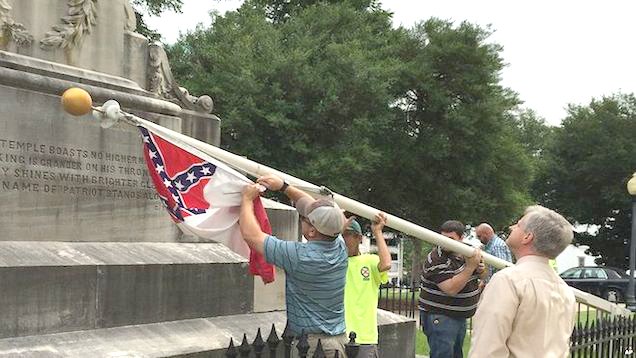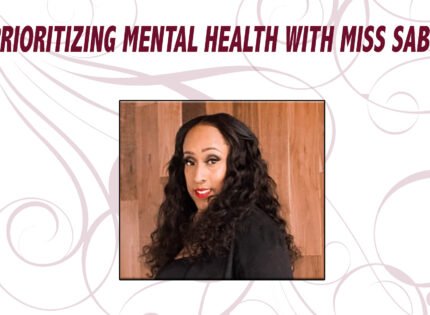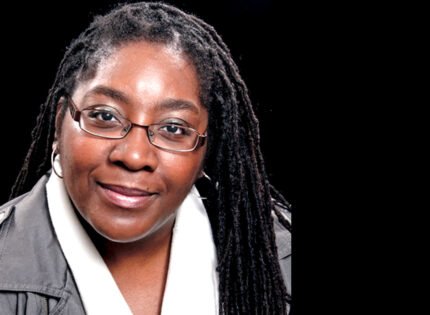Confederate Flag removed from America’s landscape
It is always convenient for Canadians to gaze south of the 49th Parallel when stories of slavery and racism and their lingering effects are in the news. But as another symbol of a painful era in the history of African-Americans was ceremoniously lowered from the statehouse in South Carolina, a constituency of Canadians are mourning (in solidarity with their American cousins) over the disappearance from public view of what they tacitly consider to be a sacred symbol in a dark chapter of America’s history, giving credence to the maxim, “the apple doesn’t fall far from the tree.”
The roots of slavery and racism truly run deep and far, as evidenced in a Gazette article, Saskatchewan man takes pride in Confederate flag. Dale Pippin, “[…] filed a human rights complaint because negative media coverage of the Confederate flag debate is discriminatory and promotes hatred.”
Pippin’s family, originally from North Carolina, settled in Canada 110 years ago, so he “takes pride in his southern U.S. heritage and displays the Confederate flag on his vehicle…” And despite the debate over “the flag” he remains passionate in his defence of the contentious symbol of his [transplanted American] racist heritage.
Pippin is not the only Canadian embracing “the flag.” “A University of Saskatchewan history professor said young people who display the Confederate lag have adopted it into a culture of rebellion… But they don’t understand or appreciate that it’s a horrible symbol of racial hatred… A lot of people don’t understand what the flag does symbolize… [The designer originally wanted the stars to be in one corner and to have the rest of the flag remain all white, as a symbol of the supremacy of whites over blacks….”]
It is against that racist and supremacist backdrop that African-Americans have for generations been lobbying consecutive South Carolina state governments to have that symbol of a chapter of American history disappeared once and for all from public view. The terroristic act perpetrated by 21-year-old white supremacist Dylann Roof causing the deaths of nine people participating in a prayer meeting the night of June 17 at the historic Emanuel African Methodist Episcopal Church in Charleston, South Carolina, was became another catalyst for change.
According to an Internet article, “Amid the ensuing pubic revulsion, southern white politicians at last began to bend to long-standing demands to remove Confederate flags from state capitals, government buildings… Unfortunately, quite a few of these office-holders are acting without coming to terms with just what those flags in fact stand for. The result is a half-hearted, incomplete distancing from the racist Confederate tradition that these symbols represent…”
The incident was the culmination of decades and generations of struggle and lobbying by African-Americans for the disappearance of what was akin to a racist dagger that has been protruding from the heart and psyche of African-Americans, especially in South Carolina, where the Confederate battle flag had flown on South Carolina’s Capitol building.
[As the back story goes, the flag was first hoisted over the Statehouse on April 11, 1961, as part of the centennial celebration of the beginning of the Civil War. Its presence was a symbol of lingering pain to Black people who had suffered the indignities of racial prejudice and discrimination for generations, some of which was highlighted by a group of 14 civil rights activists who were charged with “trespassing…sitting at an all-white lunch counter” and later convicted and sentenced to 30 days hard labour. They became known as “The Friendship Nine.” The flag’s removal is seen as a symbolic honouring of the nine AME victims.]
In a June 22 address, South Carolina Gov. Nikki Haley (the daughter of Indian immigrants who themselves came out of a history of British colonialism and racism) called for the removal of the Confederate battle flag, “[a] deeply offensive symbol of a brutally oppressive past” from the statehouse grounds. Ironically, when she first ran for the office of governor, Haley insisted that the Confederate battle flag was “not something that is racist…but was just part of a tradition that people feel proud of.”
“This has been a very difficult time for our state,” she said. “We have stared evil in the eye and watched good prayerful people killed in one of the most sacred of places. We were hurt and broken and we needed to heal. We were able to start that process, not by talking about issues that divide us, but by holding vigils, by hugging neighbors, by honoring those we lost and by falling to our knees in prayer…”
Following a special session called by the governor, the South Carolina House voted 94-20 for the flag’s removal.
Fifty-four years after it was raised by a certain constituency in direct opposition to the burgeoning civil rights movement, the Confederate flag was lowered with much fanfare, in the presence of thousands of cheering, weeping South Carolinians comprising America’s racial and cultural spectrum, and relegated to a museum where it will serve as a reminder of a racially-divisive and painful period of American history that was.















